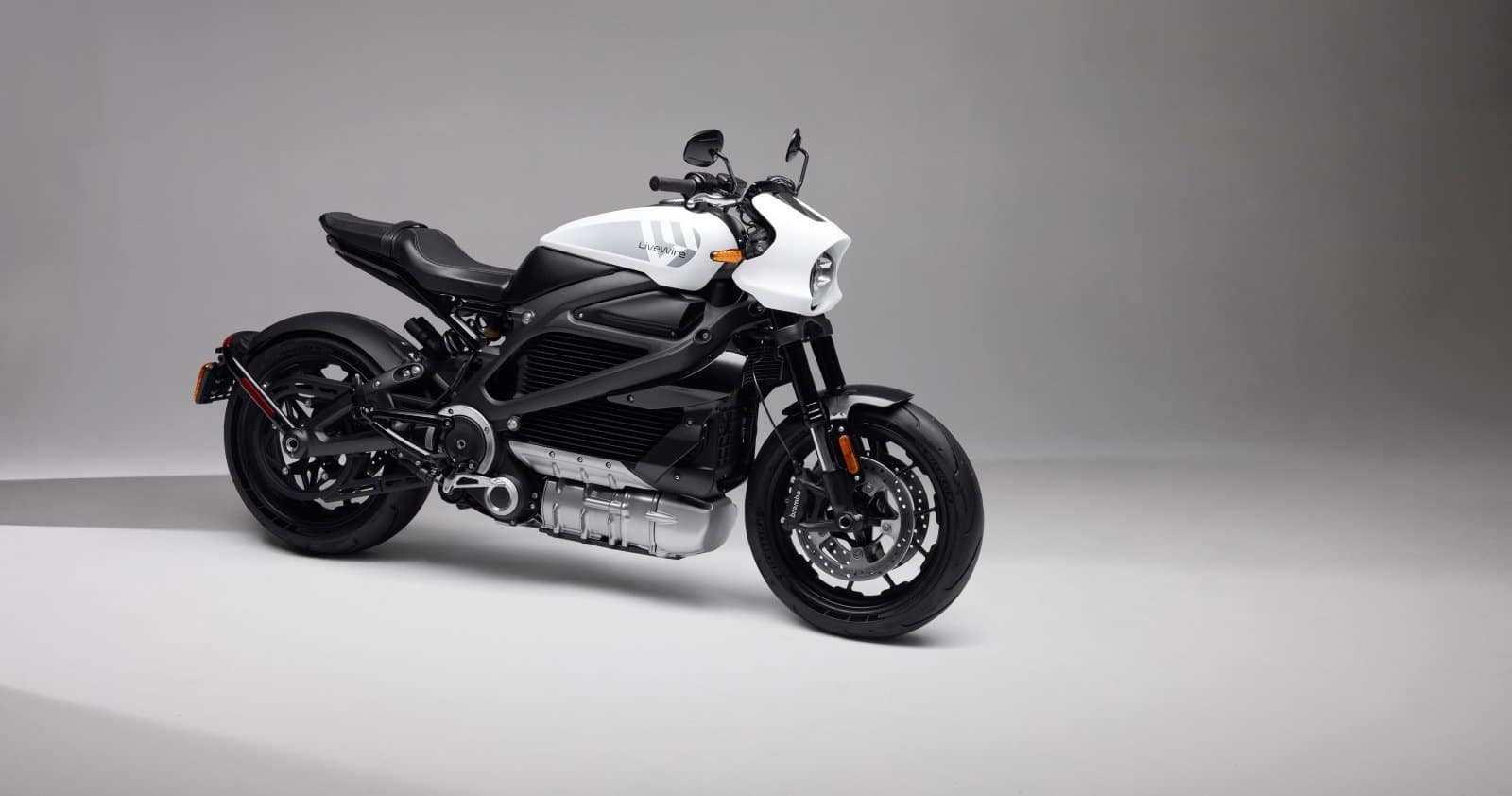Most motorcycle riders know that helmets are required by law in many states, but few riders understand just how important they can be. It is the best defense a rider has against serious injury in the event of an accident.
In addition to protecting the rider’s head, good equipment can also help to protect the neck and spine from serious injury. It should fit snugly and be properly secured so that it does not come off in an accident.
There are many different types and styles of motorcycle helmets on the market today: full-face, modular, open-face, half helmet, off-road and dual-sport. So it is important to choose one that is comfortable and will stay in place in the event of an accident. Many helmets now come with built-in communication systems so that riders can stay in touch with each other while on the road.
No matter what type of helmet you choose, always make sure that it is properly secured before heading out on the road. Your life may depend on it.
What Types of Motorcycle Helmets You Can Get
In this article, you will learn about different types of motorcycle helmets. In fact, there are a large number of them, so today we will look at the most popular and functional motorcycle helmets:
- Full-face – the safest option for motorcycle riders, providing the most coverage and protection for the head, face, and neck. They are typically made of a tough outer shell, with a soft inner liner that absorbs impact in the event of a crash. Many full-face helmets also have a visor to protect the eyes from the sun, wind, and debris.
- Modular – the main feature is the chin bar. This can be lifted up and down, depending on the rider’s needs. When the chin bar is down, it offers the same protection as a full-face helmet. When it is lifted up, it allows the rider to have an unobstructed view.
- Open-face – also called three-quarter helmets, cover the rider’s head, excluding the face and chin. They are the preferred choice of motorcyclists who want the wind in their face and the freedom to wear sunglasses, goggles, or other eye protection. Many riders believe open-face helmets provide better hearing and peripheral vision than full-face helmets. They also tend to be lighter-weight and cooler in hot weather.
- Half Helmet – it covers the rider’s head down to about the temples and the back of the head. They are generally much lighter weight than full-face helmets and offer greater visibility and airflow. Many states have laws requiring riders to wear a helmet, and a half helmet is often the minimum acceptable coverage.
- Off-road – designed to protect riders from the hazards of riding off-road, such as flying debris, branches, and rocks. They typically have a visor to protect the rider’s eyes from the sun and elements, and a chin bar to protect the rider’s face from flying debris.
- Dual-sport – the most notable feature is the visor, which can be flipped up or down depending on the rider’s preference. The visor is usually clear, allowing for a better view while riding on the street. However, it can also be tinted for use in off-road riding, where the sun can be a problem.
The type of motorcycle helmet that a rider chooses to wear is largely a matter of personal preference, but it is important to choose equipment that offers the level of protection that is appropriate for the rider’s needs.
Full-Face Helmet
Many riders opt for a full-face helmet for the ultimate protection. It covers the entire head, with a visor to protect the eyes from the sun, wind, and debris. Many full-face helmets also have a built-in chin guard for added protection.
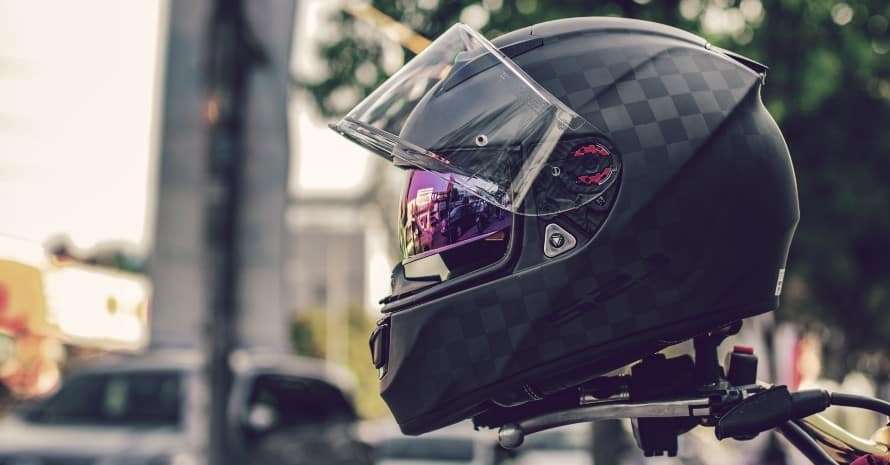
While this type of equipment offers the most protection, it can also be the most expensive and heaviest type of this equipment. And because it covers the entire face, it can be more difficult to stay cool, especially in hot weather.
When choosing a full-face helmet, be sure to try it on to make sure it fits properly. And be sure to look for one that has been safety certified by the US Department of Transportation (DOT) or the European Economic Community (ECE).
Here is a table with 3 good options you can look into if you are considering buying. Or look in more detail to understand what this type of helmet is:
Table could not be displayed.Design and Features
Some full-face helmets have built-in Bluetooth systems, so riders can make and receive phone calls and listen to music without taking their hands off the handlebars. Other features include integrated speakers, microphones, and intercoms.
This type of equipment can be uncomfortable in hot weather, as they trap heat inside the helmet. They can also be difficult to put on and take off, and some riders find them claustrophobic.
Despite these drawbacks, it offers the best protection for motorcycle riders and is the most popular type of helmet sold today.
[wpsm_column size=”one-half”][wpsm_pros title=”Positives:”]
- Provides a comfortable and tight fit
- Protection for the entire head, chin, and neck
- Distortion-free and scratch-resistant shield
- Ventilation system
[/wpsm_pros][/wpsm_column][wpsm_column size=”one-half” position=”last”][wpsm_cons title=”Negatives:”]
- Uncomfortable straps
- It is bulky
- Foggy shield
[/wpsm_cons][/wpsm_column]
Modular Helmet
It is a type of motorcycle helmet which has a chin-bar that can be lifted up, allowing the rider to have better visibility and easier access to the face. It also has a visor to protect the rider’s eyes from the sun, wind, and debris.
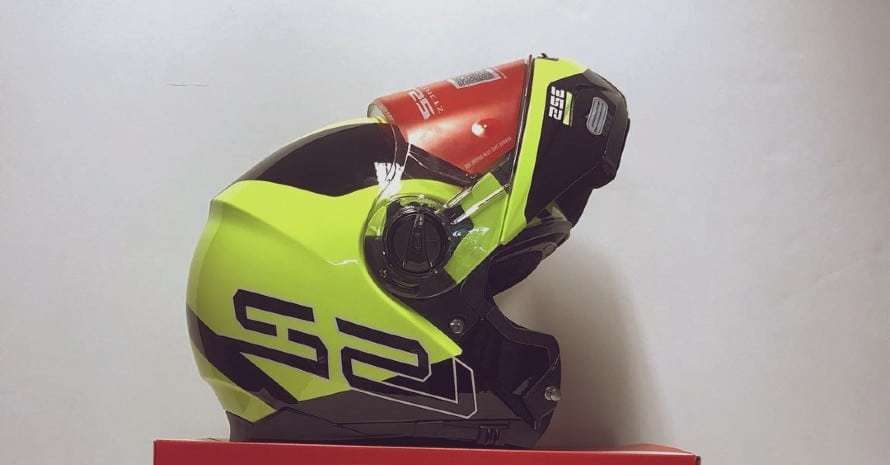
There are many benefits to using this type of equipment. First, the rider has much better visibility while riding. The visor can be lifted up to allow the rider to see in all directions, including behind them. This is a great safety feature, as it allows the rider to be aware of their surroundings at all times. And together with a motorcycle mask, protection will be as effective as possible.
Second, it is much easier to put on and take off. The chin-bar can be lifted up, making it easy to access the face. This is especially helpful for riders who wear glasses for night riding or other riding, or who have facial hair.
Overall, the modular motorcycle helmet is a great choice for riders who want the best of both worlds: visibility and protection.
Here is a table with 3 good options you can look into if you are considering buying. Or look in more detail to understand what this type of helmet is:
Table could not be displayed.Design and Features
It also has a removable liner, so you can easily clean it. And if you want to add a little bit of personality to your helmet, it comes with a variety of different visor and face shield options.
[wpsm_column size=”one-half”][wpsm_pros title=”Positives:”]
- Lots of protection
- Nice, sleek design
- Can be customized to fit your needs
[/wpsm_pros][/wpsm_column][wpsm_column size=”one-half” position=”last”][wpsm_cons title=”Negatives:”]
- Doesn’t come with a face shield
[/wpsm_cons][/wpsm_column]
Open-Face Helmet
This type of equipment offers a good middle ground between the full coverage of a traditional motorcycle helmet and the freedom of no one at all. They are perfect for riders who want to enjoy the wind in their face and have a good field of view while still being protected. But you can still wear motorcycle glasses to protect your eyes from wind and dust.
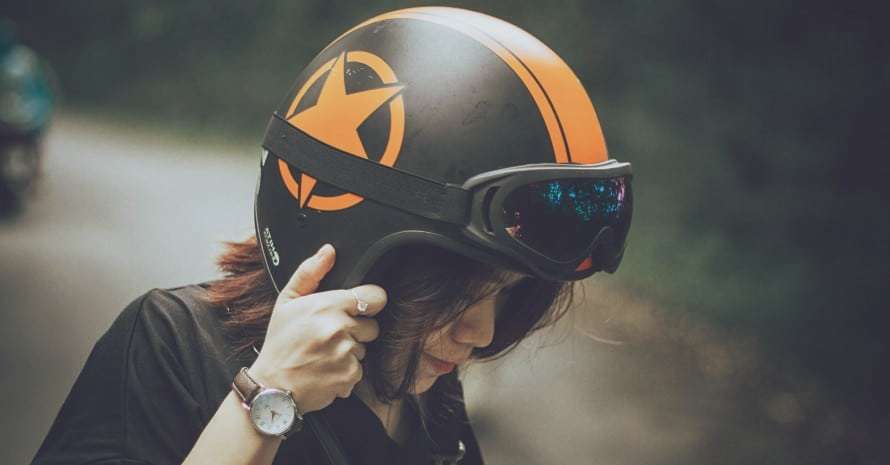
The main advantage is the increased visibility and freedom it provides. You can see much better while wearing one of these helmets, and you don’t have to worry about your peripheral vision being obstructed. This is especially important for riders who need to be able to see clearly while they are riding, such as those who commute in city traffic.
Another advantage is that they are generally much lighter and more comfortable to wear than full-face helmets. This is because there is less material used in their construction. They also tend to have better ventilation, which can be a godsend on hot days.
The main disadvantage is that they offer less protection than full-face helmets. This is because they don’t cover your entire head and face, leaving your jaws and chin exposed. If you are involved in a crash, there is a greater chance that you will sustain serious injuries to these areas.
Another disadvantage is that they can be noisy. The wind can whip around your head and face, making it difficult to hear traffic or other sounds. This can be a serious safety hazard, especially if you are riding in an urban area.
Here is a table with 3 good options you can look into if you are considering buying. Or look in more detail to understand what this type of helmet is:
Table could not be displayed.Design and Features
This equipment does not have a visor, and they are typically lighter in weight. They are available in a variety of styles, colors, and designs to suit the taste of any rider.
Most open-face helmets have a three-snap visor system that allows riders to snap on a visor when needed. The visor protects the rider’s eyes from the sun, wind, and debris. Many helmets also have a built-in sun visor that can be lowered or raised as needed.
[wpsm_column size=”one-half”][wpsm_pros title=”Positives:”]
- Affordable
- Great for hot weather
- Cool style
[/wpsm_pros][/wpsm_column][wpsm_column size=”one-half” position=”last”][wpsm_cons title=”Negatives:”]
- Not optimal for street riding
- No drop-down sun visor
[/wpsm_cons][/wpsm_column]
Half Helmets
This type of equipment provides coverage to the back and sides of the head, but not the front. This type of helmet is typically lighter and cooler than a full-face option and offers better visibility and hearing.
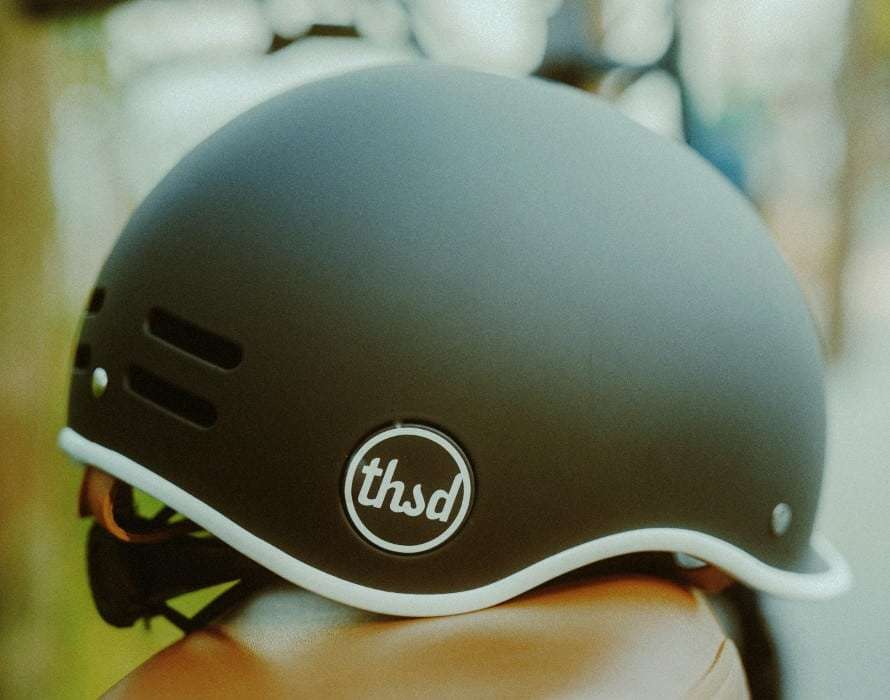
While a half helmet may not offer as much protection as a full-face option, it can still help to prevent serious injuries in the event of a crash. If you are considering a half helmet, be sure to choose one that fits well and is certified by the Department of Transportation.
Here is a table with 3 good options you can look into if you are considering buying. Or look in more detail to understand what this type of helmet is:
Table could not be displayed.Design and Features
Some of them have a detachable chin bar so that they can be converted into a three-quarter helmet. This is a good option for riders who want the protection of a full-face helmet but the comfort of a half helmet.
It comes in a variety of styles, including classic, racing, and cruiser. They are available in many different sizes, so it is important to try on a few before you buy one.
[wpsm_column size=”one-half”][wpsm_pros title=”Positives:”]
- Comfortable
- Lightweight
- Looks good
[/wpsm_pros][/wpsm_column][wpsm_column size=”one-half” position=”last”][wpsm_cons title=”Negatives:”]
- Poor protection compared to the full-face Helmet
[/wpsm_cons][/wpsm_column]
Off-Road Helmet
It is one of the most important pieces of safety gear that you can invest in. They are specifically designed to protect your head and face from the hazards of riding off-road, such as flying debris, low-hanging branches, and impact on the ground. A good off-road helmet will also have ventilation to keep you cool, and a visor to protect your eyes from the sun and flying debris.
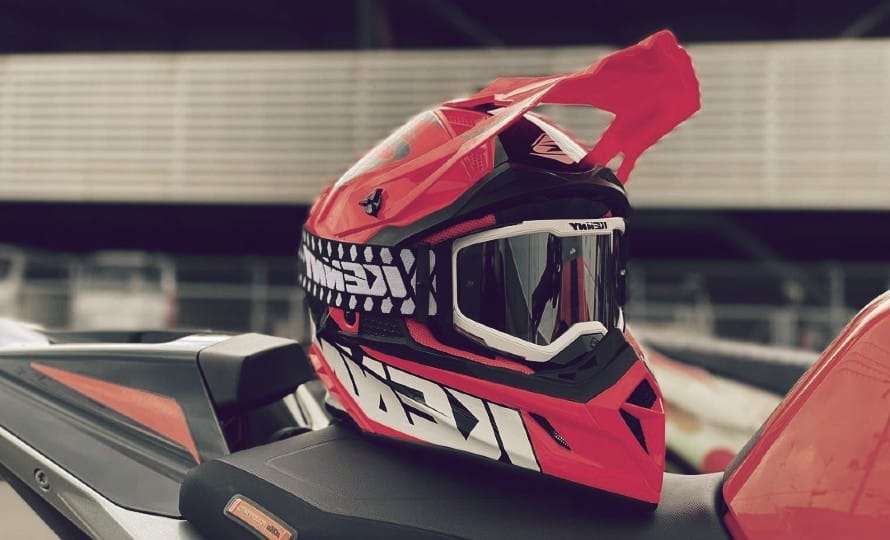
It is important to find one that fits snugly and comfortably. The helmet should sit level on your head, and the straps should be adjusted so that they are tight enough to keep it from moving around, but not so tight that they are uncomfortable. It is also important to choose a helmet that has been certified by the Department of Transportation, as this ensures that it meets certain safety standards.
Here is a table with 3 good options you can look into if you are considering buying. Or look in more detail to understand what this type of helmet is:
Table could not be displayed.Design and Features
There are many different styles of off-road helmets available, so you should choose one that fits your riding style and needs. If you do a lot of riding in dusty or muddy conditions, for example, you might want a helmet with a built-in visor that can be easily flipped up or down. If you frequently ride in cold weather, on the other hand, you might want a helmet with a face shield to protect your face from the elements.
No matter what style you choose, make sure that you wear it every time you ride, and that you take care of it so that it will last for many years. With a little bit of care, your off-road helmet will provide you with years of protection and peace of mind.
[wpsm_column size=”one-half”][wpsm_pros title=”Positives:”]
- Good ventilation
- Good visibility
[/wpsm_pros][/wpsm_column][wpsm_column size=”one-half” position=”last”][wpsm_cons title=”Negatives:”]
- Too much noise
- Poor fit
[/wpsm_cons][/wpsm_column]
Dual-Sport Helmet
It is a type of helmet that is designed to be used both on and off the road. They are usually made from a combination of materials such as fiberglass, Kevlar, or carbon fiber. The helmets typically have a visor to protect the rider’s eyes from the sun, wind, and debris.
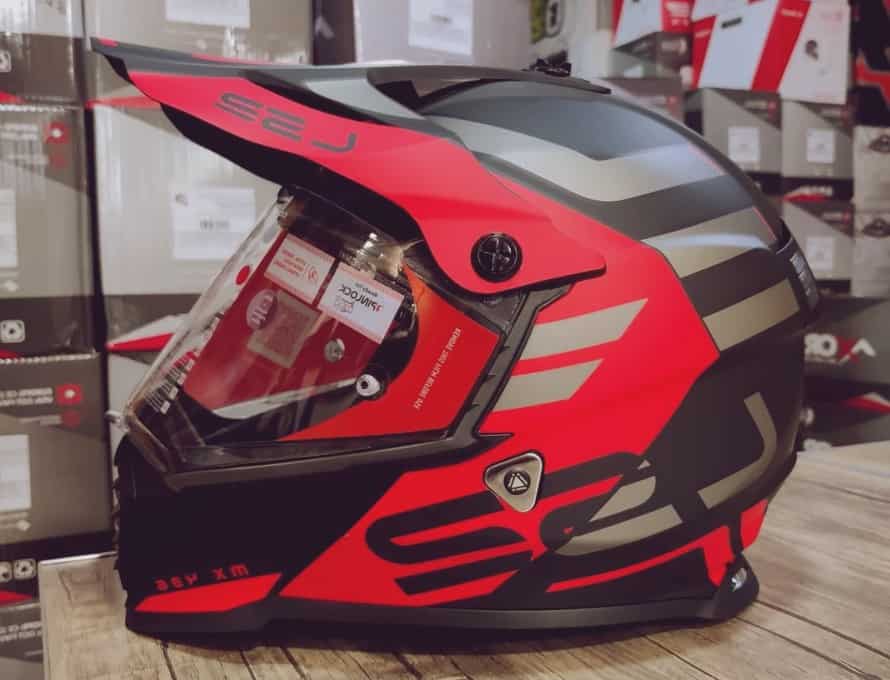
Dual-sport is becoming increasingly popular with riders who want the protection of a full-face helmet while still being able to see and be seen. They are also popular with riders who want to be able to transition from riding on the street to riding off-road without having to change helmets.
There are a few things to consider when purchasing this type of equipment. The first is the fit. It is important to make sure that it fits snugly and is comfortable to wear. The second is the type of visor. There are three main types of visors: clear, tinted, and mirrored. Each has its own benefits and drawbacks. The third is the helmet’s weight. Heavier helmets can be more comfortable to wear but can be a bit more tiring on long rides.
When it comes to safety, dual-sport motorcycle helmets are just as safe as any other type of this equipment. They are required to meet the same safety standards as other motorcycle helmets.
Here is a table with 3 good options you can look into if you are considering buying. Or look in more detail to understand what this type of helmet is:
Table could not be displayed.Design and Features
They are typically designed to provide good ventilation while still providing adequate protection from the elements and debris.
Many dual-sport motorcycle helmets also have a built-in intercom system so that the rider can communicate with other riders or with a passenger.
[wpsm_column size=”one-half”][wpsm_pros title=”Positives:”]
- The liner is removable and washable
- It is super lightweight
- The build quality is excellent
[/wpsm_pros][/wpsm_column][wpsm_column size=”one-half” position=”last”][wpsm_cons title=”Negatives:”]
- The visor is not removable
[/wpsm_cons][/wpsm_column]
What Are Helmets Made From?
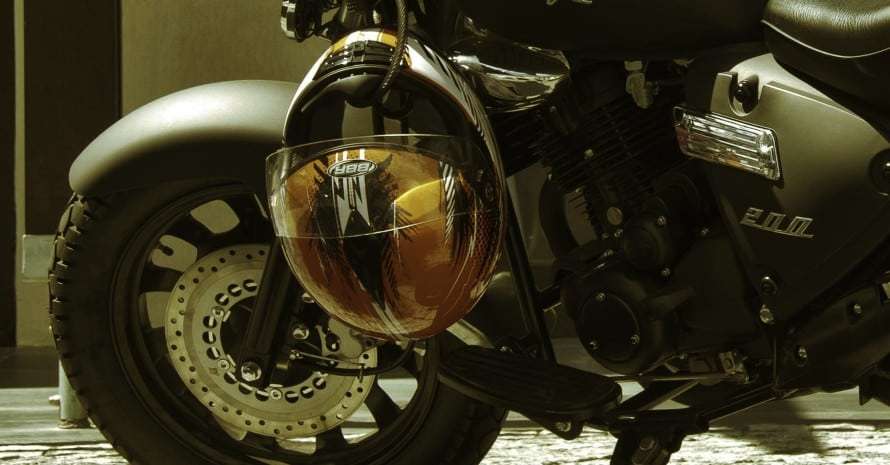
This type of equipment is one of the most important pieces of safety gear that a rider can have. It is made up of a number of different materials, all designed to work together to protect the head in the event of a crash.
The outer shell of a motorcycle helmet is usually made from hard plastic or composite material. This shell is designed to deflect and dissipate the force of an impact and help to protect the rider’s head from penetration by sharp objects.
Inside the shell is a layer of padding, usually made from a foam material. This padding helps to absorb the force of an impact and helps to protect the rider’s head from being jarred or bruised.
Under the padding is a layer of liner material, which helps to keep the helmet snug against the head. This liner also helps to absorb sweat and keep the rider’s head cool.
The straps of a motorcycle helmet are usually made from a webbing material and are adjustable to ensure a snug, comfortable fit. The straps are also equipped with a quick-release buckle so that the helmet can be removed quickly in the event of an accident.
It is a vital piece of safety gear for any rider. By understanding the materials that make up a helmet, riders can be sure that they are investing in a quality product that will help to protect them in the event of a crash.
How Is a Motorcycle Helmet
Below you will learn how different motorcycle helmet types are arranged.
Full-Face Helmet
They are made of a hard outer shell, usually made of fiberglass or Kevlar, and a softer inner liner, usually made of polystyrene. The inner liner is designed to crush during an impact, absorbing the energy of the collision.
It must also have a visor to protect the rider’s eyes from the sun, wind, and debris. The visor is usually made of clear polycarbonate.
The helmets are held on the head with a chin strap, usually made of nylon or leather. The chin strap must be tight enough to keep the helmet on during a crash, but not so tight that it is uncomfortable to wear.
Modular Helmet
Most of them have a flip-up visor that can be lifted up and out of the way when not needed. The visor usually has a tinted sunshield that can be deployed to protect the rider’s eyes from the sun or glare.
The construction of a modular helmet is similar to that of a full-face option, with a few key differences. The most notable difference is the addition of a hinge and locking mechanism that allows the chin bar to be attached and detached.
The shell is often made from polycarbonate, ABS plastic, or fiberglass. The interior is lined with EPS foam to absorb impact energy in the event of a crash.
The chin bar must be properly secured when attached, as an improperly secured chin bar can come loose in a crash and cause serious injury or even death. Most of them have a locking mechanism that must be engaged in order to attach the chin bar.
Open-Face Helmet
Most of them have a sun visor to protect the rider’s eyes from the sun and a bug shield to protect the rider’s face from bugs and debris. Some also have a rear spoiler or wind deflector to help reduce wind noise and turbulence.
The construction of an open-face helmet is similar to that of a full-face one. The main difference is that the chin bar is replaced with a lower jaw guard. The jaw guard is attached to the helmet with a series of snaps, hooks, or Velcro.
The function of an open-face helmet is to protect the rider’s head from impact in the event of a crash. They do not offer the same level of protection as a full-face helmet, but they are much better than nothing.
Half Helmets
It covers the rider’s head just above the ears and forehead. They typically have a visor to protect the rider’s eyes from the sun and wind. Half helmets offer less protection than full-face ones in the event of a crash, but they are much more comfortable to wear and don’t obscure the rider’s vision.
They are typically made from lightweight plastic or composite material. The helmet’s shell is molded to the shape of the head and then lined with a thick layer of foam. The foam padding helps to absorb impact in the event of a crash.
The helmet’s visor is usually made from a clear plastic or polycarbonate material. It is attached to the helmet with a series of snaps or screws.
Off-Road Helmet
It is typically constructed from a lightweight material, such as polycarbonate, and has a reinforced chin bar to protect the rider’s face. They also have a visor to protect the eyes from the sun and flying debris, and a rear vent to keep the rider’s head cool.
Off-road helmets provide a higher level of protection than street helmets, but they are also heavier and bulkier. As such, they are not suitable for use while riding on the street.
Dual-Sport Helmet
The construction is similar to that of a standard motorcycle helmet, with a few key differences. The most notable difference is in the visor, which is usually much larger on it. This is to offer better protection from the sun and debris when riding off-road. The vents on a dual-sport helmet are also usually larger and more numerous, as this helps to keep the rider cool when riding in hot weather.
The function of a dual-sport helmet is to protect the rider’s head in the event of a crash. This means that it needs to be able to withstand high-impact forces and protect the rider’s head from being damaged. It should also be comfortable to wear for long periods of time, as many riders will wear them for hours at a time.
Conclusion
In the United States, motorcycle fatalities have been increasing. In 2015, 4,976 people died in motorcycle accidents, an 8% increase from 2014 (NHTSA). Wearing a motorcycle helmet is the best way to protect yourself while riding.
Helmets reduce the risk of death by 37% and the risk of head injury by 69% (NHTSA). It can help protect your head and brain in the event of a crash. And don’t forget that motorcycle gloves also increase your safety and protect you from all kinds of damage.
Wearing a helmet also increases your chances of being seen by other drivers. A study by the University of Sydney found that drivers were twice as likely to notice a motorcycle with a rider wearing a helmet, compared to a rider without it.
Bruce was born in Atlanta. He started riding motorcycles when he was 10 and has been passionate about them since. Bruce says he feels absolute freedom when he’s on two wheels. He prefers riding his bike slowly and smoothly along a country road and hardly ever enjoys wildly speedy rides. With a strong Ducati Multistrada 1200 in the current stable, Bruce enjoys his super powerful, comfortable and easy rides. Ducati Diavel is the beast he’s currently dreaming about…
